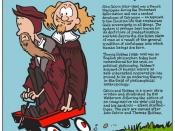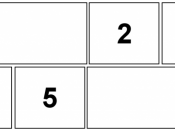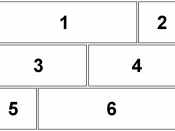William B. "Bill" Watterson II is the author of the comic strip Calvin and Hobbes and a few poems (which are mostly embedded in his works).
Watterson was born in Washington, D.C., where his father, James G. Watterson (1932 - ), worked as a patent examiner while going to law school, before becoming a patent attorney in 1960. The family moved to Chagrin Falls, Ohio when Bill was six years old; his mother Kathryn became a city council member. He has a younger brother, Tom, who is a high school teacher in Austin, Texas.
Calvin and Hobbes was first published on November 18, 1985. Bill Watterson wrote in his Calvin and Hobbes Tenth Anniversary Book that his influences include Charles Schulz, for his work in Peanuts; Walt Kelly for his comic, Pogo; and George Herriman for Krazy Kat. Watterson's style also reflects the influence of Little Nemo in Slumberland, a popular early 20th century comic strip by Winsor McCay.
Watterson spent much of his career trying to change the climate of newspaper comics. He believed that the artistic value of comics was being undermined, and that the space they occupied in newspapers continually decreased, subject to arbitrary whims of short-sighted publishers. Furthermore, he opined that art should not be judged by the medium for which it is created (i.e., that there is no "high" art or "low" art, just art).
Watterson opposed the structure publishers imposed on newspaper cartoons: the standard cartoon starts with a large, wide rectangle featuring the cartoon's logo, and the strip is presented in a series of rectangles of different widths, limiting the cartoonist's options of allowable presentation. Watterson managed to gain an exception to these constraints for Calvin and Hobbes, allowing him to draw his Sunday cartoons the way he wanted. In many of his...


